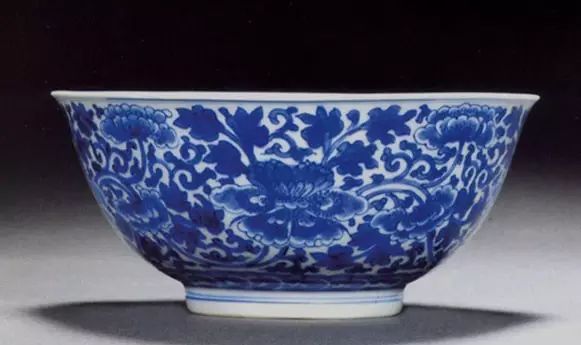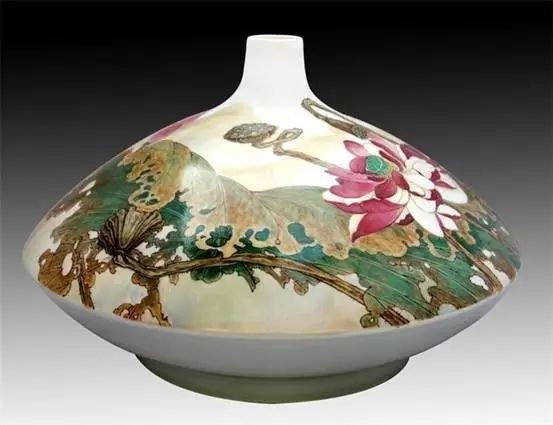To judge whether ceramic dinnerware is poisonous, it is mainly from two aspects: one is the ceramic raw material, and the other is firing.
The main ceramic raw materials are:
Green body raw material (mud material)
Glaze raw material (glaze)
Decorative materials (painting materials)
Generally speaking, the clay of the green body is porcelain clay or pottery clay, which are basically safe, because there are generally no chemical additives, it is natural clay or minerals, and the only difference is the quality of the grade.
The problem is mainly with the glaze or paint.
After high temperature, the glaze forms a glass-like glaze. As long as the formula is raw ore, a small amount of chemical industry is not a big problem.
Painting materials are more troublesome. Now the low-cost painting materials are basically chemical materials, and the color materials contain heavy metals (lead, mercury, etc.).
So, from this perspective,
Underglaze color (drawing the pattern first, then glazing, and then firing) is much safer.
on-glaze painting
According to the firing temperature to judge whether the ceramic dinnerware is toxic, it can be said that high temperature porcelain is better than medium and low temperature. High temperature generally refers to 1280 degrees Celsius to 1350 degrees Celsius.
Under such temperature calcination, through oxidizing and reducing atmosphere, generally harmful substances disappear or transform.
Most of the mugs sold by street carts are medium temperature porcelain.
To sum up, high temperature porcelain can almost be regarded as safe. If there are paint decorations, then underglaze is safer than overglaze.
It is recommended that the glazed utensils be used only for decoration or to display fruits, etc., avoid heating or soaking in water and oil. Medium temperature china or some low cost pottery is also used.
Blue and white is a variety of underglaze color
|What is underglaze color|
The underglaze color is painted on the green body before the overall glaze is applied. Because it will be covered with a layer of vitrified glaze, it can be seen that the decorative pattern is under the moisturizing layer, and the brush strokes will slightly smudge in the water. a feeling of. Because it is covered with a layer of translucent glaze, the color of the underglaze color is relatively clear.
|What is on-glaze color|
On-glaze color is painted on the glazed surface of the fired porcelain, and then roasted at 700-900 degrees. The strokes are all floating on the glaze surface, and the naked eye and hand can feel the subtle protrusions, and the colors are thicker and brighter.
Underglaze porcelain
|How to distinguish whether it is high temperature porcelain|
1. The pattern on the medium-temperature porcelain is similar to gouache painting, generally speaking, the painting is rough. The glaze color of high-temperature porcelain is very moist and has a clear feeling.
2. By flicking the utensils with your hand, the sound of high-temperature porcelain is clearer and closer to the metal sound, and the sound has a dense feeling, while the sound of medium-temperature porcelain is relatively dull, which is determined by the density.
Post time: Jul-18-2022










